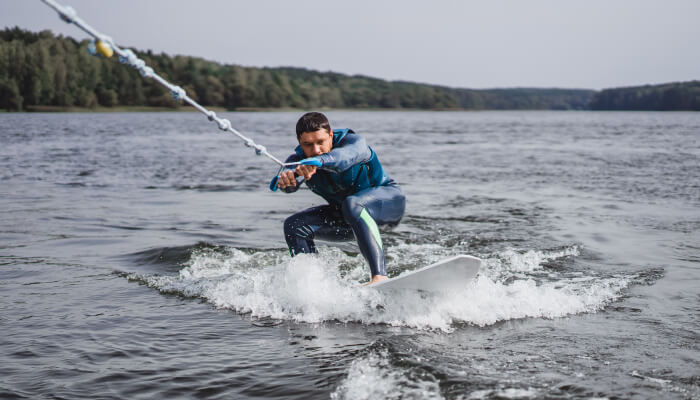If you’re ready to take your water sports skills to the next level, learning wakeboard is an essential step. It is an exhilarating water sport that combines elements of surfing, snowboarding, and water skiing. Being a beginner, understanding how to get up on wakeboarding is the first step. It is crucial for the stability and control of the water.
In this article, we will make sure you have the information you require to get started, which will offer extensive and expert guidance. We’ll even dive into the science behind weight distribution and balance on the board, giving you a comprehensive understanding of the mechanics at play. And it will eventually help you in several ways. From choosing the right equipment to mastering the correct body position, you’ll gain the knowledge to ride the waves confidently.
Understanding the Basics
Before we dive into the step-by-step process of getting up on a wakeboard, it’s essential to familiarize yourself with some basic terminology and concepts.
Wakeboarding Equipment
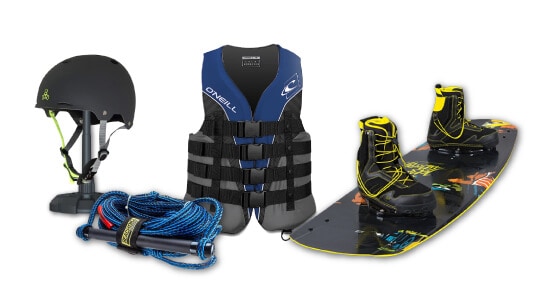
To get started with wakeboarding, you will need a few essential pieces of equipment:
- Wakeboard: Choose a wakeboard that suits your skill level and riding style. Consider factors such as board length, rocker shape, and fin configuration. Refer to the wakeboard size chart to select the appropriate size based on weight.
- Wakeboard Bindings: These bindings secure your feet to the wakeboard and come in various styles and sizes. Make sure the bindings provide a snug yet comfortable fit.
- Wakeboard Rope: Opt for a wakeboard rope specifically designed for wakeboarding. These ropes are typically thicker and have minimal stretch to provide better control and stability.
- Life Jacket: Always wear a Coast Guard-approved life jacket for safety while wakeboarding. Make sure it fits appropriately and is snugly secured.
- Wakeboard Helmet (optional): While not mandatory, wearing a helmet can provide an extra layer of protection, especially for beginners or when attempting advanced tricks.
Wakeboarding Stance
Determining your wakeboarding stance is crucial before getting up on a wakeboard. Most riders have either a regular or goofy stance. A regular stance involves having the left foot forward, while a goofy stance involves having the right foot forward. To determine your stance, try the following exercises:
- Stand with both feet together and have someone gently push you from behind. The foot you instinctively step forward with to regain balance is likely your leading foot.
- Alternatively, try skateboarding to see which foot feels more comfortable in the front position. Your wakeboarding stance should align with your skateboarding stance.
Once you have determined your stance, position your feet on the wakeboard bindings.
Step-by-Step Guide: How to Get Up on a Wakeboard
Now that you are familiar with the basics let’s walk through the step-by-step process of getting up on a wakeboard:
Step 1: Getting in the Water
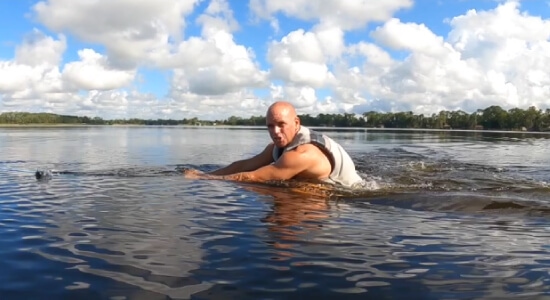
- Put on your life jacket and ensure it is securely fastened.
- Position yourself in the water with your feet in the wakeboard bindings.
- Relax and sit upright, allowing the board to float in front of you.
- Hold onto the tow rope with your arms straight.
Step 2: Deep Water Start
If you are performing a deep water start, follow these instructions:
- Face the boat with the wakeboard parallel to it.
- Balance the board under you, ensuring it remains underwater.
- Prepare to create a positive angle by putting slight pressure and weight on your heels.
- As the boat starts pulling, maintain the angle to slice through the water and gradually rise to the surface.
Step 3: Regular Water Start
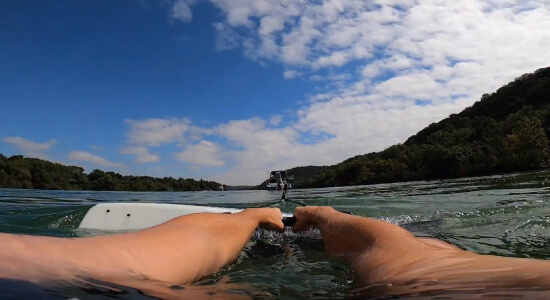
For a regular water start, follow these instructions:
- Keep your arms straight and your knees bent as the boat starts to pull.
- Roll your heels under your bottom, keeping your knees close to your chest.
- Keep your feet, knees, and shoulders facing the boat.
- Look straight ahead, focusing on a fixed point rather than your feet.
Remember to maintain a crouched position until the board rises entirely out of the water.
Step 4: Maintaining Balance and Control
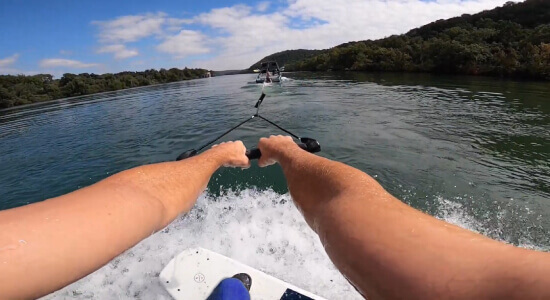
Once you are up on the wakeboard, it’s essential to maintain balance and control. Here are some tips to help you stay up on the wakeboard:
- Evenly distribute your weight on the board, putting slightly more pressure on your rear foot.
- Keep your knees slightly bent instead of straightening them. This helps absorb the impact of the water and provides better stability.
- Hold the tow rope with your elbows straight, keeping the rope in front of your hips.
- Keep your head and eyes forward, focusing on the direction you want to go.
Common Mistakes to Avoid
As a beginner, it’s natural to make mistakes while learning to get up on a wakeboard. Here are some common errors to avoid:
- Standing Up Too Quickly: Resist the temptation to stand up too quickly, as it can cause you to lose balance and fall forward. Rise from a squat position gradually to maintain stability.
- Improper Board Placement: Placing the board too far in front of you can lead to excessive resistance and difficulty getting up. Keep the board closer to your body and create a positive angle to rise smoothly.
- Bending Elbows: Ensure your arms are straight while holding the tow rope. Bent elbows can disrupt your balance and increase the risk of falling forward.
- Straightening Legs: Avoid straightening your legs too early during the getting-up process. Keep your knees bent towards your chest until you are almost fully upright, then gradually stand up while maintaining a slight knee bend.
Wakeboarding Boat Considerations
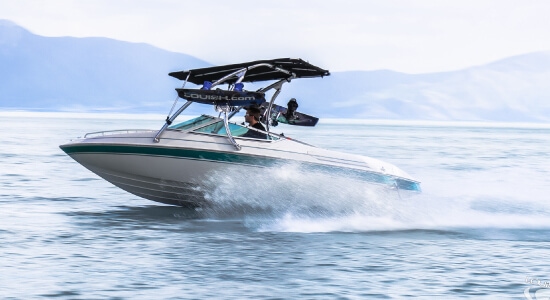
To enhance your wakeboarding experience, consider using a wakeboarding boat specifically designed for the sport. Wakeboarding boats, also known as wake boats or tow boats, offer several features that optimize wakeboarding performance:
- Wakeboard Tower: A wakeboard tower elevates the tow point of the rope, making it easier to get up on the wakeboard and perform tricks. It also provides additional stability and allows for the installation of wakeboard racks for convenient storage.
- Ballast Systems: Wakeboarding boats often come equipped with built-in ballast systems. These systems allow you to add extra weight to the boat, creating larger wakes for more advanced tricks and jumps.
- V-Drive Powertrain: Wakeboarding boats typically feature a V-drive powertrain. Unlike traditional ski boats with a direct-drive setup, V-drive boats have the engine positioned at the stern, resulting in larger wakes due to weight distribution.
When choosing a wakeboarding boat, consider these features to optimize your riding experience. Additionally, ensure that the boat suits your skill level and riding style.
Conclusion
By following the steps outlined in this guide, you can improve your technique and increase your chances of successfully getting up on the wakeboard. Remember to practice regularly, maintain proper form, and prioritize safety. With dedication and perseverance, you’ll soon be riding the wakes like a pro.
